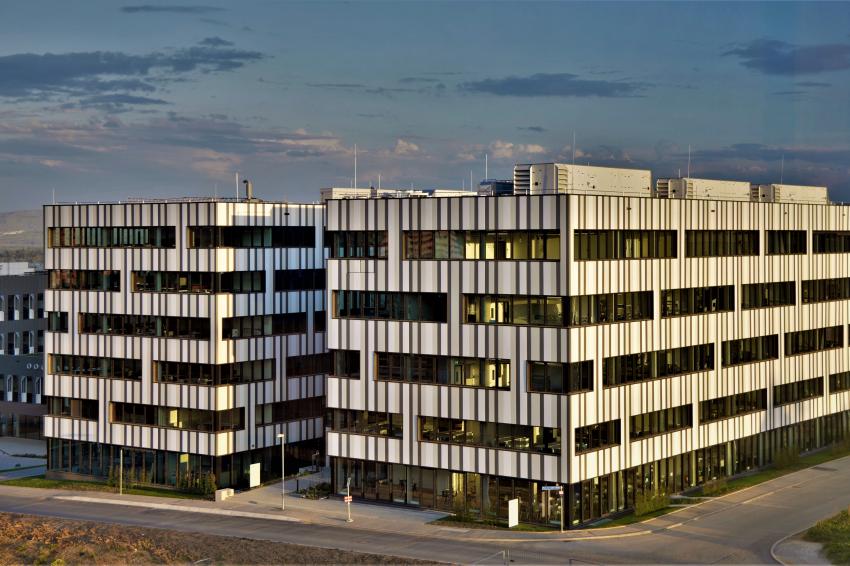Trial Shows CureVac’s Covid Shot only 47% Effective
This stacks up negatively against rates of 90-95% for the mRNA vaccines of Pfizer/BioNTech and Moderna, and the performance even lags that of several viral vector vaccines.
The late-breaking news on Jun. 16 also came as a shock to CureVac shareholders, including the German federal government, which owns 23%. The biotech’s share price plunged 50% in early post-announcement trading. That the vaccine missed the mark broadly surprised many as data from trials in mice, presented in early March, showed what the company said were “promising results” against the B.1.351 mutation first identified in South Africa and now designated as Beta.
After several unexpected delays and difficulties in procuring ingredients and equipment, as late as May CureVac still hoped to apply to the European Medicines Agency for emergency use authorization by the end of the second quarter. In the past week, however, Germany’s health minister Jens Spahn said the government was not including the shot in its vaccination campaign logistics for the upcoming third quarter.
WHO requires 50% efficacy for EUA
Both the World Health Organization and the US Food and Drug Administration have set a threshold of 50% efficacy to consider Covid vaccines for emergency authorization. The initial data from the CureVac trial has been forwarded to the European Medicines Agency to study.
The unexpected weak results were yet another slap in the face for the European Commission, which after battling both supply and safety issues with the AstraZeneca and J&J shots, had altered its purchasing scheme to concentrate on mRNA vaccines and is now one short. Altogether, the EU has ordered or has options to order 405 million CureVac doses.
German drugs giant Bayer, which had agreed to produce the vaccine for Tübingen-based CureVac at a rededicated plant in Wuppertal, Germany, starting this year, has also been left in the lurch for now. Bayer had planned to make 160 million doses in 2022, as well as support the biotech on R&D, regulatory affairs, supply chain management and potentially marketing.
Final trial analysis in two to three weeks
CureVac CEO Franz-Werner Haas told analysts in a conference call that the company is waiting for a final analysis to read out within the next 2 to 3 weeks before determining its next moves. From then onward, he said, management will “carefully assess the most appropriate regulatory pathway."
“While we were hoping for a stronger interim outcome, we recognize that demonstrating high efficacy in this unprecedented broad diversity of variants is challenging,” Haas said. However, “as we are continuing toward the final analysis with a minimum of 80 additional cases, the overall vaccine efficacy may change.”
Detailing the results of the 40,000-subject trial across Latin America and Europe conducted with the help of Bayer, CureVac blamed the efficacy lag on an “unprecedented” diversity of virus variants among clinical trial participants. Of the 134 cases reported two 2 after a second shot, only one was found to be the original SARS-CoV-2 virus.
Variants a bigger threat than anticipated?
Altogether, the trial is said to have identified 29 different virus strains, including all the variants labeled as being “of concern.” Looking at the broader picture, CureVac said efficacy was age- and strain-dependent. At least 13 variants were in circulation within the subset of the study population assessed for the initial analysis.
Speaking to US newspaper New York Times, Haas said the results should serve as a wake-up call for the threat that new variants can pose to the effectiveness of vaccines. More than half the cases, he said, were caused by variants that have been shown to be more transmissible or able to hinder the effectiveness of vaccines. Trial participants reportedly were also infected by variants that have yet to be studied carefully, with Lambda, now dominant in Peru, accounting for 21%.
Although based on mRNA like the Moderna and Pfizer/BioNTech vaccines, CureVac’s candidate uses a different process. Whether the efficacy gap is distorted by the fact that the first two candidates were tested before variants emerged will require careful analysis, experts say. This especially as recent studies have found that the real-world effectiveness of Moderna and Pfizer/BioNTech’s vaccines is only minimally lower in the face of variants.
Separately from the candidate in the current trial, CureVac is working together with UK pharma giant Glaxo SmithKline (GSK) to develop a second-generation Covid vaccine capable of handling emerging variants. This shot, targeted to be market ready by the second half of 2022, will be based on “a different, enhanced mRNA backbone” compared with CureVac’s first-gen vaccine, GSK said. Haas has pointed to “promising” preclinical data for the candidate being pursued with GSK.
Author: Dede Williams, Freelance Journalist





